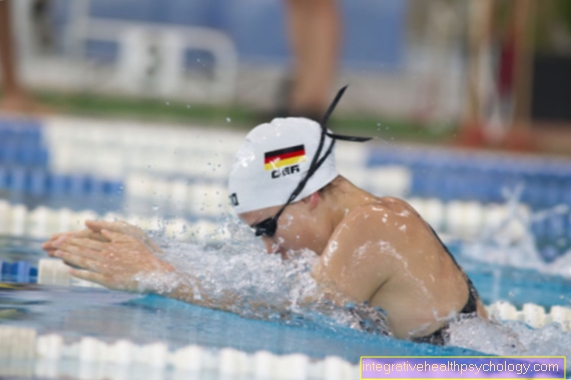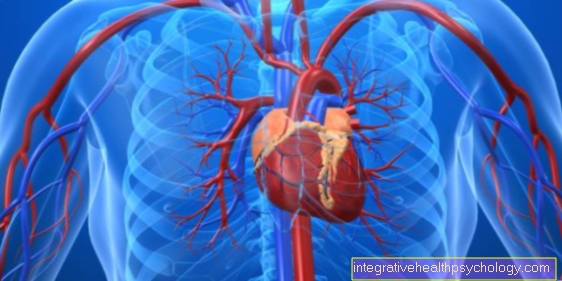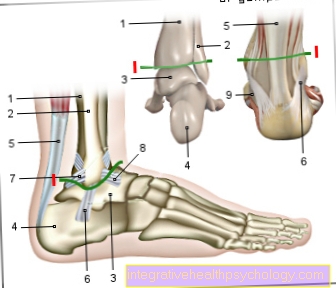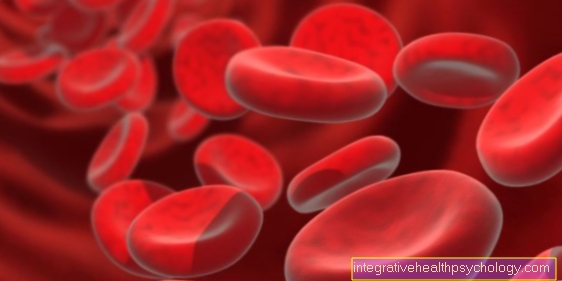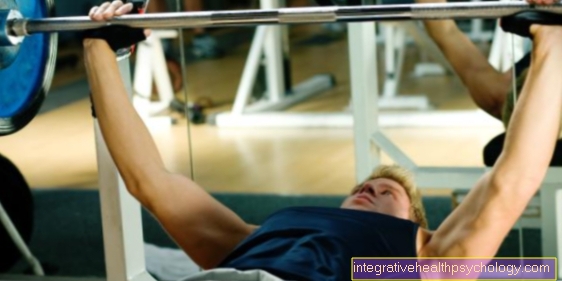Principle of periodization
definition
Periodization is a form of strength training that offers a good balance between recovery and stress and promises targeted improvement and muscle building with a low risk of injury.

Basics
A distinction is made between linear and wave-shaped periodization. The aim is to use targeted training planning over a longer period of time to adapt the volume (scope of training) and intensity (percent of maximum weight) but also the exercises so that maximum training success is achieved. Volume means the number of repetitions and number of sets, and intensity means the load (e.g. weight) with which you want to train, for example 70% of the maximum weight.
The training plan is based on the principle of supercompensation, i.e. a demanding training stimulus is followed by an increase in performance after a brief drop before the performance level falls back to the original level. The recovery should last until the body is as close as possible to increasing its performance, before a new, demanding training stimulus follows. Periodization plans are divided into microcycles, mesocycles, and macrocycles. Intensity and volume are adjusted in each cycle in order to achieve an optimal improvement in strength or optimal muscle growth.
Read more on the topic: Training principle of stress and recovery
Classification of the phases
Depending on the author, a distinction is made in the various phases in preparation periods, competition periods and transition periods. In the preparation period, the focus is on acquiring and developing the athletic form. During the competition period, the athletic performance is updated and realized. In the transition period there is a temporary loss of athletic form. The focus is on relaxation and relief.
Depending on the sport and the competition plan, a distinction is made in the annual cycle between single-peaked or double-peaked, or multi-peaked periodization.
Based on the individual periods, a distinction is made between 4 training cycles:
- Training session (single training unit, e.g. 10 km endurance run, or strength training unit) - Introductory part - main part - finish
- Microcycles
- Mesocycles
- Macro cycles
Training session:
The number of training units depends on the training period, the individual performance of the athlete and the sport itself.
Tips for the training unit: technique training before conditioning training, within conditioning training: special training prior to general training, speed training prior to strength training and strength training prior to endurance training.
Microcycles:
Microcycles cover a period of one week (sometimes 4 - 12 days) and summarize the effect of several training units. 2-3 days of intensive stimulation phases, followed by 4-5 days of regeneration.
Four aspects of the microcycle:
- Change in the load structure. (Training intensity and scope are coordinated)
- Variation in total stress in terms of exercise and recovery.
- Microcycles contain different training objectives. (Methods and content)
- Progression to the achievement of the goal in the macro cycle
Macrocycles:
Macro cycles arise from several micro cycles and correspond to the changed performance level of the athletes.
2 main functions:
- Guarantee of stress / strain and recovery / recovery in a longer training period.
- Need for Accented Training
Read more about this: Training principles
Single periodization vs. Double periodization
Depending on the sport / discipline, a distinction is made between single and double periodization.
Both have advantages and disadvantages:
Disadvantages of double periodization:
- The 1st competition period disrupts the training rhythm of the preparation period for the 2nd competition period
- Excessive training load, unreasonable training volume with negative effects on the 2nd competition period.
Advantages of double periodization:
- Motivation through several competitions (Too long breaks in competition lead to problems with motivation)
- Competition period 1 serves as a performance control
- Getting used to competitive situations
- Improving speed and strength
You may also be interested in this topic: Principle of progressive loading
Wavy periodization
While with linear periodization the intensity is increased evenly over the training cycle, with wavy periodization the training stimulus changes. For example, speed and strength are trained alternately so that there are wave-shaped stimulus sequences. A training day is used for recovery due to the different training stimulus. The wave-shaped periodization is intended to prevent training plateaus and keep the nervous system active through changing stimulus presentation, so that adaptation can also be expected over a long period of time.

